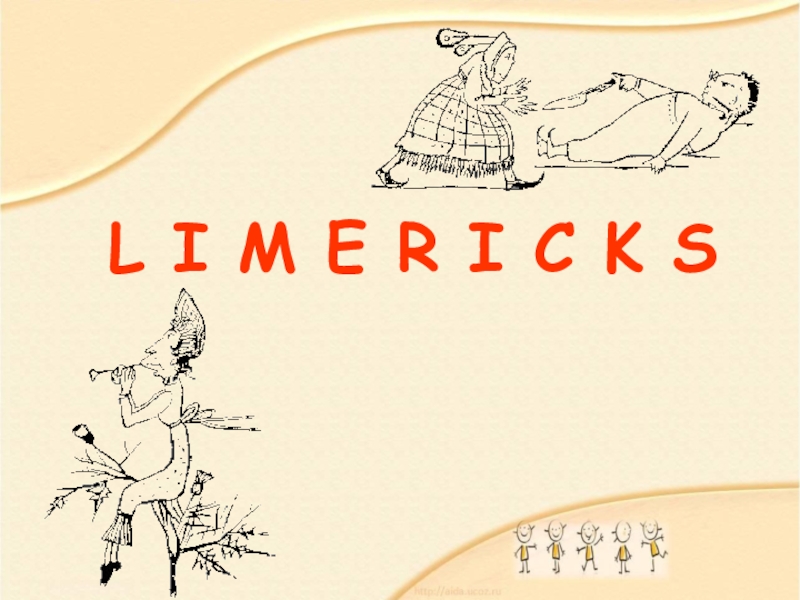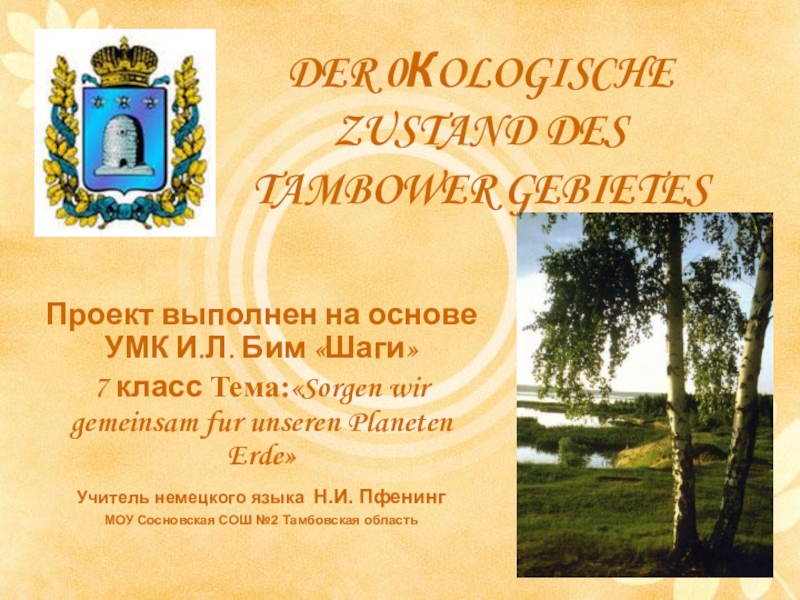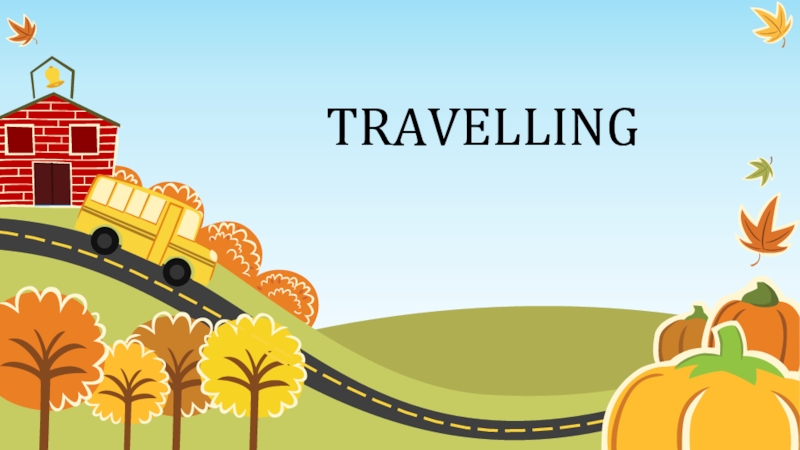- Главная
- Разное
- Образование
- Спорт
- Естествознание
- Природоведение
- Религиоведение
- Французский язык
- Черчение
- Английский язык
- Астрономия
- Алгебра
- Биология
- География
- Геометрия
- Детские презентации
- Информатика
- История
- Литература
- Математика
- Музыка
- МХК
- Немецкий язык
- ОБЖ
- Обществознание
- Окружающий мир
- Педагогика
- Русский язык
- Технология
- Физика
- Философия
- Химия
- Шаблоны, фоны, картинки для презентаций
- Экология
- Экономика
Презентация, доклад по английскому языку на темуЗолотая лихорадка. Клондайк
Содержание
- 1. Презентация по английскому языку на темуЗолотая лихорадка. Клондайк
- 2. VocabularyRush [rʌʃ] стремление, погоня Estimate [ˈestɪmɪt] оценка
- 3. The Klondike Gold Rush, also called the
- 4. Bonanza Creek in the Yukon Territory of
- 5. Skookum Jim, one of the discoverers, 1898
- 6. Yukon at the time of discovery.
- 7. The first Gold was discovered in Crossing
- 8. Crossing Yukon river and Klondike river
- 9. «Excelsior» leaves San Francisco on July 28, 1897, for the Klondike.
- 10. Miners of all shapes and sizes, called
- 11. Miners and prospectors climb the Chilkoot Trail during the Klondike Gold Rush.
- 12. Klondikers and their supplies at the US-Canadian border, 1898
- 13. Miner's camp at the head of the
- 14. Of the 30,000 that arrived in the
- 15. Mining in a shaft, 1898
- 16. Mining operation, 1899
- 17. From a population of Dawson City of
- 18. View of Yukon River with Klondike City
- 19. Those that found gold spent their time
- 20. Dawson City (nowadays)
- 21. Modern Skagway with cruise ships, 2009
- 22. True or false The Klondike Gold-rush is
- 23. Thank you for your work
VocabularyRush [rʌʃ] стремление, погоня Estimate [ˈestɪmɪt] оценка Prospector [prəsˈpektə] старатель; золотоискатель Huge [hju:dʒ] огромный, Discover [dɪsˈkʌvə] делать открытияCrawl [krɔ:l] ползать; ползти; Miner [ˈmaɪnə] шахтер; рудокоп Treasure [ˈtreʒə] сокровище Stampede [stæmˈpi:d] стихийное массовое движение Seek [si:k] искатьCamp
Слайд 2Vocabulary
Rush [rʌʃ] стремление, погоня
Estimate [ˈestɪmɪt] оценка
Prospector [prəsˈpektə] старатель; золотоискатель
Huge [hju:dʒ] огромный,
Discover [dɪsˈkʌvə] делать открытия
Crawl [krɔ:l] ползать; ползти;
Miner [ˈmaɪnə] шахтер; рудокоп
Treasure [ˈtreʒə] сокровище
Stampede [stæmˈpi:d] стихийное массовое движение
Seek [si:k] искать
Camp [kæmp] стоянка; место привала,
Claim [kleɪm] незаконно захватить участок,
Слайд 3The Klondike Gold Rush, also called the Yukon Gold Rush, the
Alaska Gold Rush and the Last Great Gold Rush, was a migration, was a migration by an estimated 100,000 prospectors to the Klondike region, was a migration by an estimated 100,000 prospectors to the Klondike region of the Yukon, was a migration by an estimated 100,000 prospectors to the Klondike region of the Yukon in north-western Canada between 1896 and 1899.
Слайд 4Bonanza Creek in the Yukon Territory of Canada was ground zero
for the Klondike Gold Rush. Huge deposits of gold were discovered August 16, 1896 and credited to George Carmack, his wife Kate and brother Skookum Jim. The news traveled fast. Soon the entire territory was crawling with miners in search of the next hidden treasure.
Слайд 10Miners of all shapes and sizes, called "stampeders", were on their
way to the gold fields. Within six months, about 100,000 gold-seekers set off for the Yukon. Only 30,000 completed the trip.
Слайд 14Of the 30,000 that arrived in the Klondike, only about 4,000
actually found gold. Some set up and sold claims rather than digging for gold themselves. Along the Klondike river, boom towns formed that were supported by the miners.
Слайд 17From a population of Dawson City of 500 in 1896, the
hastily constructed town came to house around 30,000 people by summer 1898.
Слайд 18View of Yukon River with Klondike City (foreground) and Dawson City
(upper right at the mouth of Klondike River), 1899
Слайд 19Those that found gold spent their time and money in saloons,
while those that found nothing continued to labor.
Слайд 22True or false
The Klondike Gold-rush is also called the Last Great
Gold Rush.
The Klondike Gold-rush was between 1896 and 1899.
The first gold was discovered on July 16, 1885.
Those that found gold do not spend their money in saloons.
One of the first discoverers was Skookum Jim.
The Klondike Gold-rush was between 1896 and 1899.
The first gold was discovered on July 16, 1885.
Those that found gold do not spend their money in saloons.
One of the first discoverers was Skookum Jim.

![Презентация по английскому языку на темуЗолотая лихорадка. Клондайк VocabularyRush [rʌʃ] стремление, погоня Estimate [ˈestɪmɪt] оценка Prospector [prəsˈpektə] старатель; золотоискатель VocabularyRush [rʌʃ] стремление, погоня Estimate [ˈestɪmɪt] оценка Prospector [prəsˈpektə] старатель; золотоискатель Huge [hju:dʒ] огромный, Discover [dɪsˈkʌvə] делать](/img/tmb/1/162/922d4b12eb973f02af92827fe8945af6-800x.jpg)


























